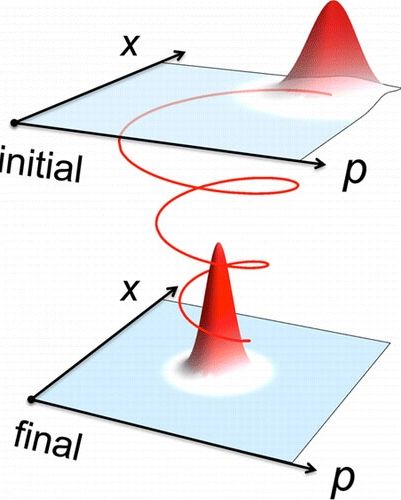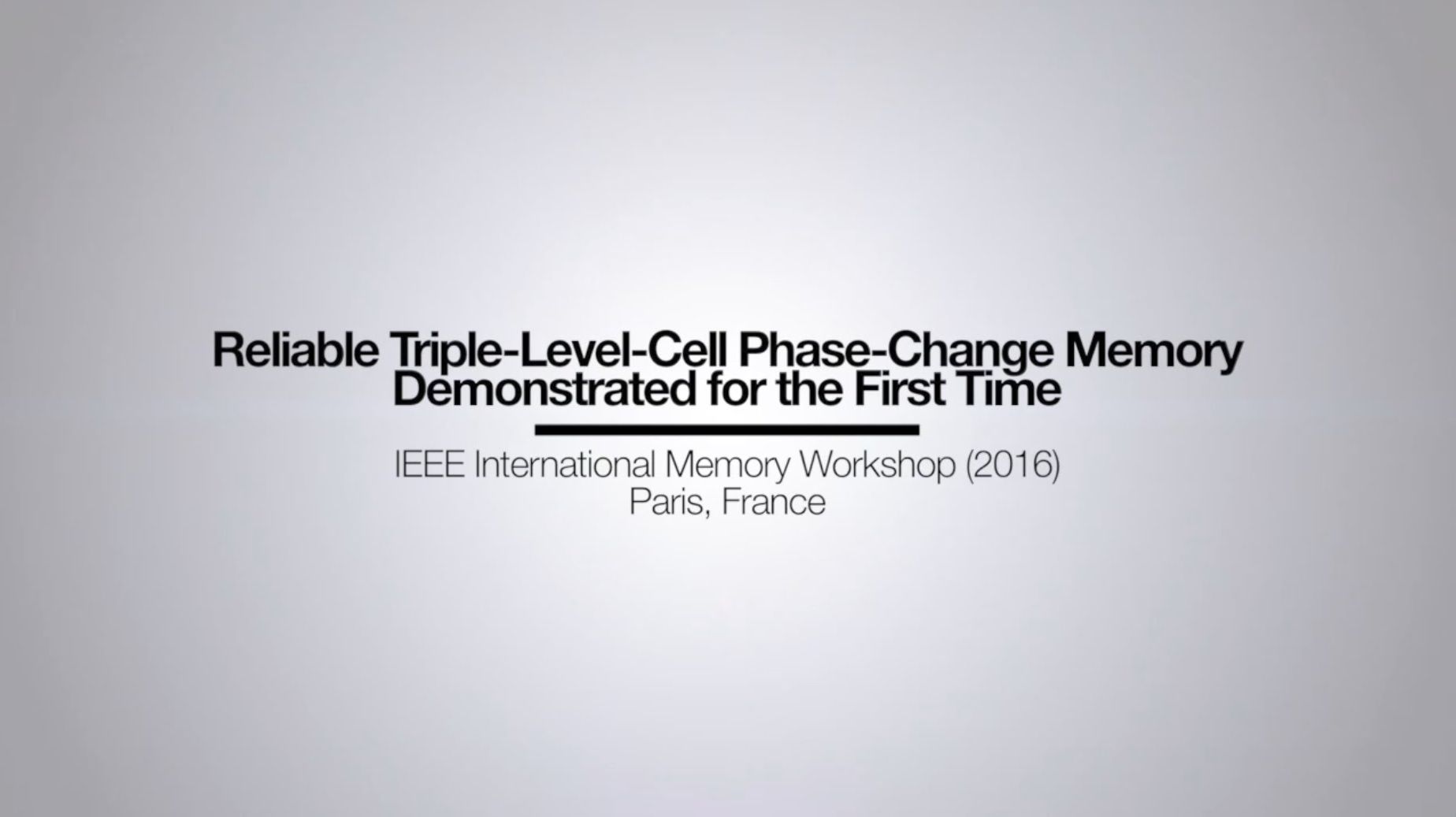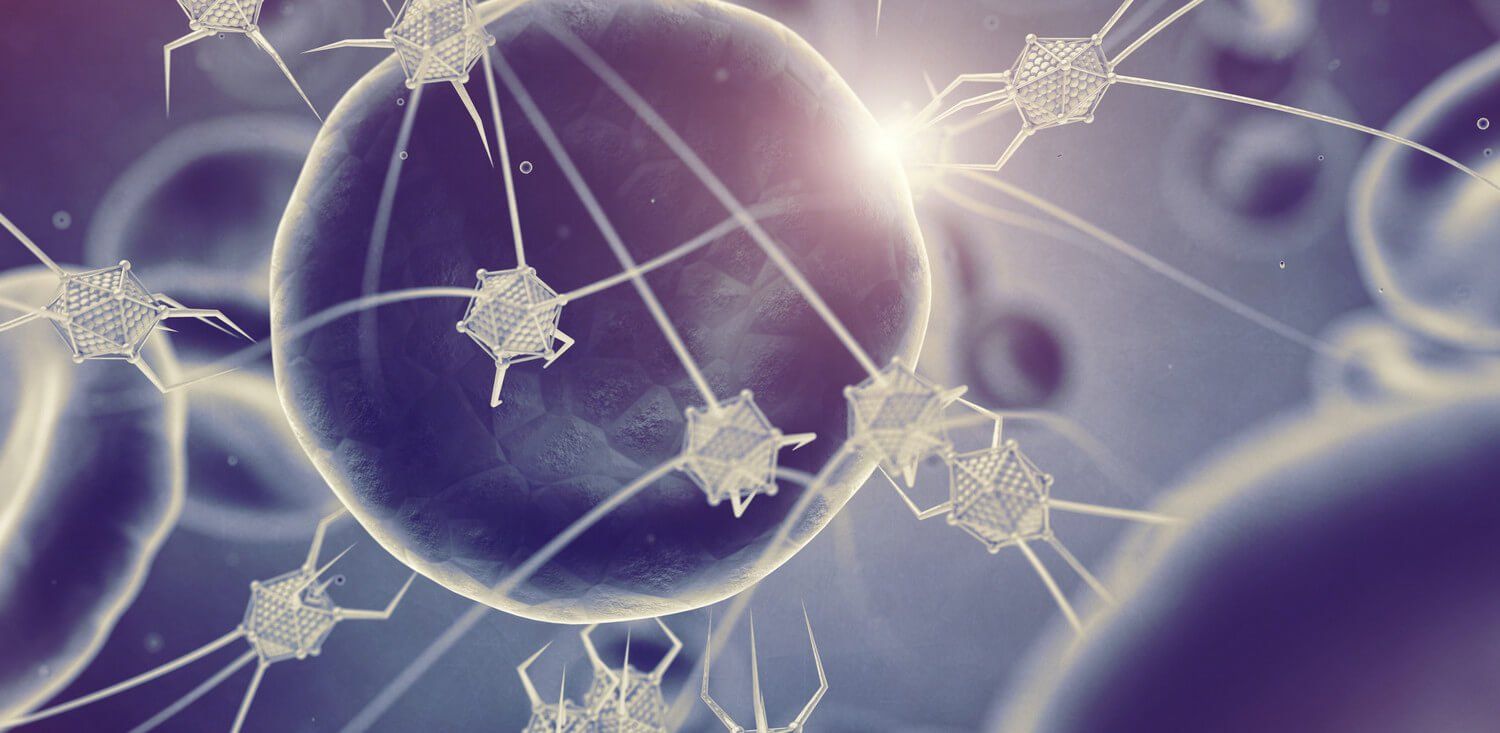May 17, 2016
Theorists smooth the way to modeling quantum friction
Posted by Karen Hurst in categories: chemistry, computing, information science, particle physics, quantum physics
Theoretical chemists at Princeton University have pioneered a strategy for modeling quantum friction, or how a particle’s environment drags on it, a vexing problem in quantum mechanics since the birth of the field. The study was published in the Journal of Physical Chemistry Letters (“Wigner–Lindblad Equations for Quantum Friction”). “It was truly a most challenging research project in terms of technical details and the need to draw upon new ideas,” said Denys Bondar, a research scholar in the Rabitz lab and corresponding author on the work.
Researchers construct a quantum counterpart of classical friction, a velocity-dependent force acting against the direction of motion. In particular, a translationary invariant Lindblad equation is derived satisfying the appropriate dynamical relations for the coordinate and momentum (i.e., the Ehrenfest equations). Numerical simulations establish that the model approximately equilibrates. (© ACS)
Continue reading “Theorists smooth the way to modeling quantum friction” »
















